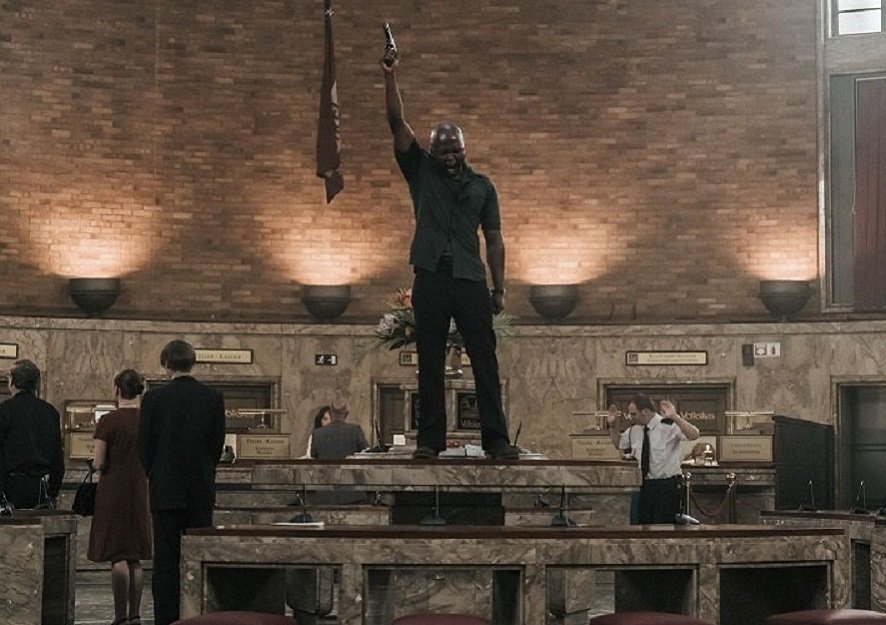In April, on the occasion of Freedom Day, a film inspired by the true story that sparked the global “Free Mandela” movement was released. Silverton Siege is based on a true story that occurred in 1980 when three members of UMkhonto weSizwe, also known as MK, a group founded by Nelson Mandela, held civilians hostage in a Pretoria bank.
The trio made several demands, including Mandela’s release. Their act, which was initially condemned, proved to be a watershed moment in South Africa’s history, inspiring the “Free Mandela” movement, which resulted in Mandela’s release and forever changed the country.
Mandela was imprisoned in 1963 on charges of sabotage against the white minority government. Mandela smuggled letters and messages to his followers, including the MK, while incarcerated on Robben Island, with the assistance of fellow prisoners and visitors.
On January 25, 1980, three MK cadres — Stephen Mafoko, Humphrey Makhubo, and Wilfred Madela — were reportedly on their way to a planned MK sabotage mission on petrol depots in Watloo, Pretoria, when they became aware that they were being pursued by police. They chose to enter a Volkskas Bank branch in Silverton, Pretoria, one of the country’s major banks, in their attempt to flee.
Read Also:
Success Story Of A South African From Working In A Shack To ‘Accidentally’ Becoming A Top Jeweler
According to South Africa History Online, the trio entered the bank around 1 p.m. and took 25 people hostage, forcing them into a corner cubicle. However, because the siege occurred on the ground floor, the bank’s staff on the upper floor was able to flee the building. Andre Theron, a bank accountant, remained in hiding. The Police Anti-Terrorist Unit arrived shortly. Members of the unit gained access to a nearby building and installed surveillance equipment that enabled them to monitor events at the Volkskas bank via a periscope. They used a tape recorder and a microphone to capture every sound and essentially hear what was going on inside the bank.
The unit then began negotiating with Mafoko, Makhubo, and Madela, who sang liberation songs “to maintain their morale and focus.” Two hostages were released with notes outlining the trio’s demands. Among their demands were Mandela’s release, a meeting with South Africa’s president, financial assistance, and an aircraft to transport them to Maputo.
By 6 p.m., the police had gained access to the bank’s basement via a stairwell leading to the first floor and Andre Theron. The police now had a bird’s eye view of the hostage situation. By 6.30 p.m., the police were prepared to move in and end the siege. General Mike Geldenhuys, the police commissioner, directed that the area surrounding the bank be cleared. Individuals gathered to observe the incident were asked to disperse while ambulances were escorted closer.
The first gunshots were heard at 7.05 p.m. It is unknown at this time whether MK cadre Mafoko fired the first shot after realizing the police had entered the building or if the police fired first. Makhubo and Madela were assassinated shortly, but Mafoko continued shooting. He threw a grenade, but it was grabbed and thrown away by one of the hostages. It exploded in the process, injuring several hostages.
At the end of the day, Mafoko was assassinated by police, effectively ending the Silverton Siege. All three MK members as well as two hostages perished. Mandela was released from prison approximately ten years after the siege and went on to lead South Africa as President, largely due to freedom fighters Mafoko, Makhubo, and Madela, whose Silverton Siege sparked the “Free Mandela” movement.
Dube hopes that his new documentary about the trio will inspire other young people to believe in their ability to change the world.

